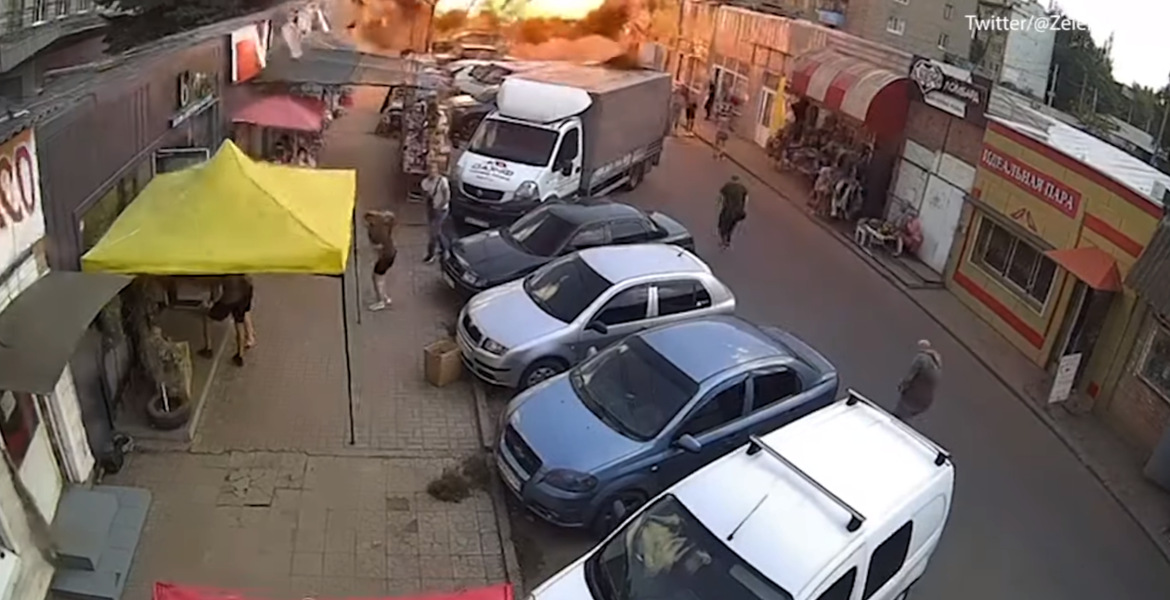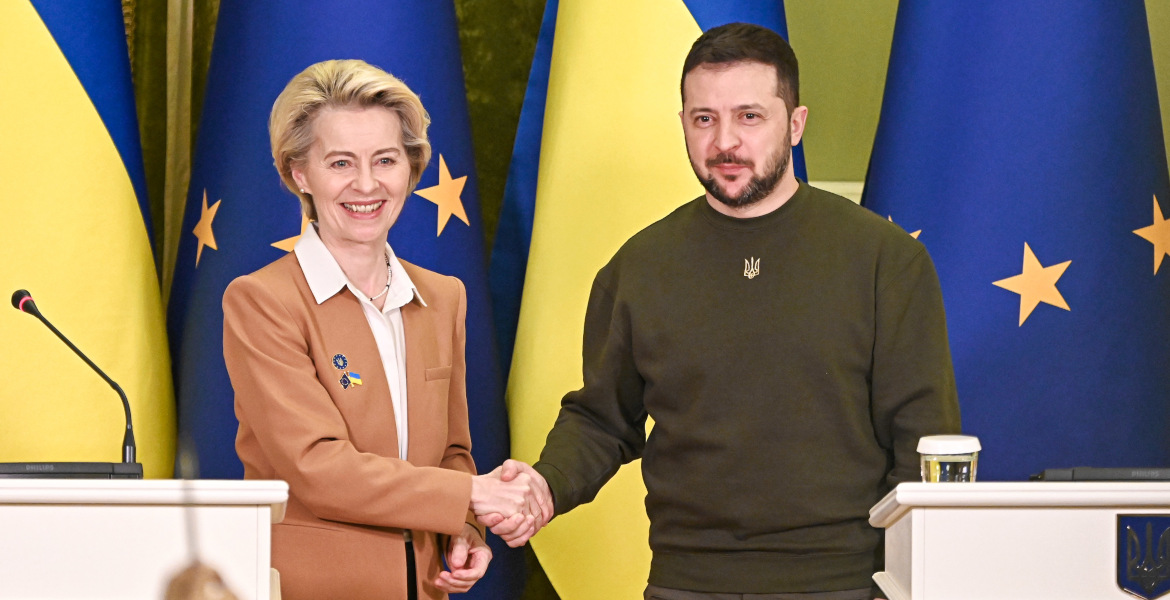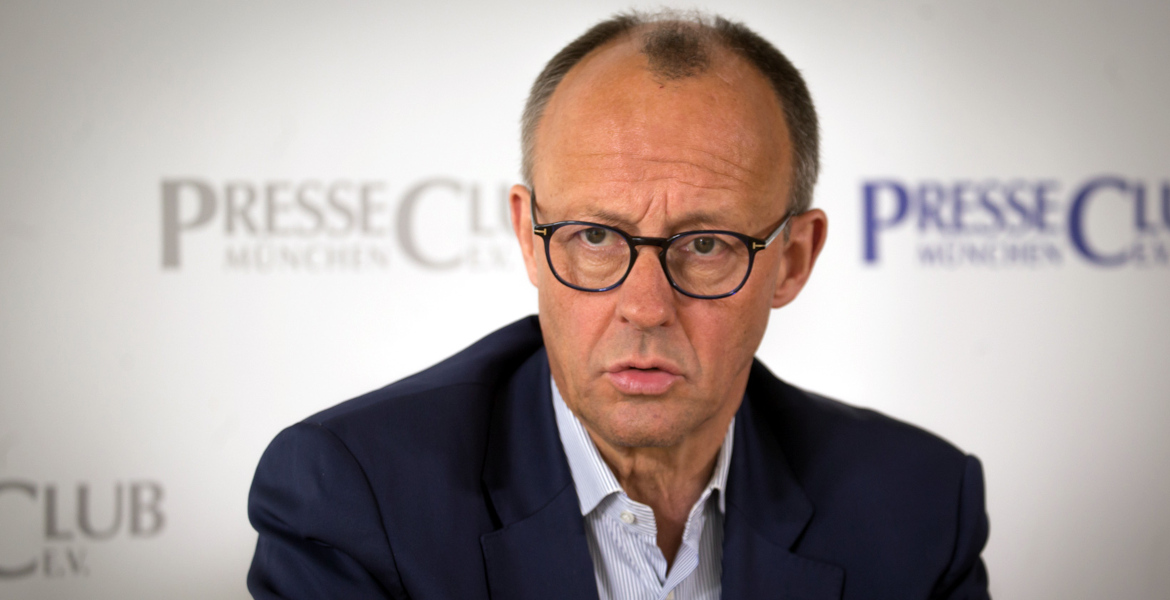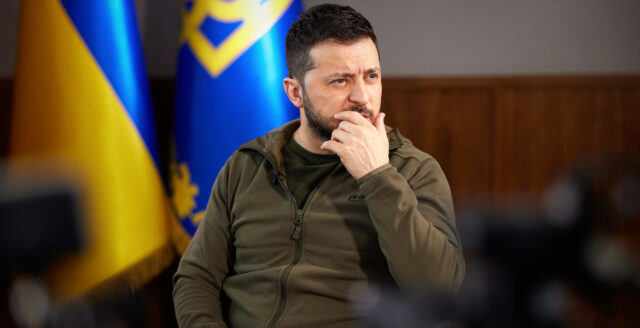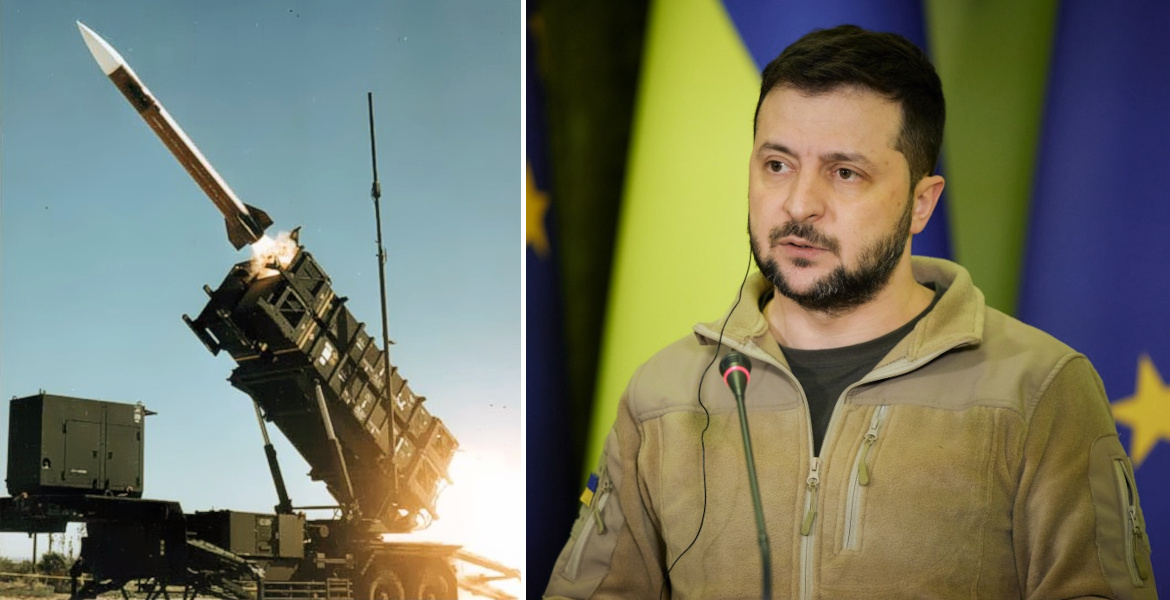On September 6, at least 17 people were killed in Kostiantynivka, Donetsk, in what was alleged to be a Russian missile attack. The attack was condemned by president Volodymyr Zelensky as "inhuman," accusing Russia of committing war crimes on Ukrainian territory. The same narrative was also uncritically spread by mainstream media in Sweden and the Western world.
However, an investigation conducted by The New York Times shows that it was most likely a Ukrainian air defense missile that caused the civilian casualties.
The newspaper used analyses of missile fragments, satellite images, testimonials, social media posts, and reached the conclusion that the missile came from Ukrainian territory and not from Russia as previously claimed.
According to the investigation, the bloody attack was due to an error, and the Ukrainian air defense missile was dysfunctional. In addition to the 17 fatalities, at least 30 people were injured.
Ukrainian authorities also reportedly tried to prevent The New York Times journalists from accessing the area and the remains of the missile—but they were eventually able to carry out their investigation. As of now, there have been no comments from the Ukrainian side.
The state channel faces criticism
As late as on Sunday, the state-run SVT claimed that the information suggesting Ukraine was behind the attack in Kostiantynivka was "Russian propaganda," and that it also didn't matter which direction the missile came from as these can have a "non-direct path."
The channel also went to the effort of creating a detailed illustration showing how the missile "could just as well" have come from Russia, and even interviewed Hans Liwång, an associate professor in military technology, to reinforce the narrative that the missile's direction is irrelevant.
– Whether it's cruise missiles or air defense missiles, there is no necessary connection between where they are launched from and the direction they end up striking in the end. Analyzing the cardinal directions is not a fruitful way to investigate this, he claimed.
https://twitter.com/EgorPutilov/status/1704069044150612208?ref_src=twsrc%5Etfw%7Ctwcamp%5Etweetembed%7Ctwterm%5E1704069044150612208%7Ctwgr%5E6162dac14f4fbdbaa203315fa4f62a24c8a80e14%7Ctwcon%5Es1_c10&ref_url=https%3A%2F%2Fnyadagbladet.se%2Futrikes%2Fsvt-spred-falska-uppgifter-om-blodig-rysk-robotattack%2F
Egor Putilov's tweet reads: "The war propaganda @svtnyheter produces is so bad that it doesn't even match the war propaganda from higher up."
The criticism of SVT's reporting is widespread and is directed, among other things, at the fact that the state-owned channel has chosen to re-highlight the article stating that it should be seen as "Russian propaganda" that Ukraine was behind the attack, on the front page of the site even after the New York Times published its review – while the new information that the robot was Ukrainian was published as a hidden and brief note.
